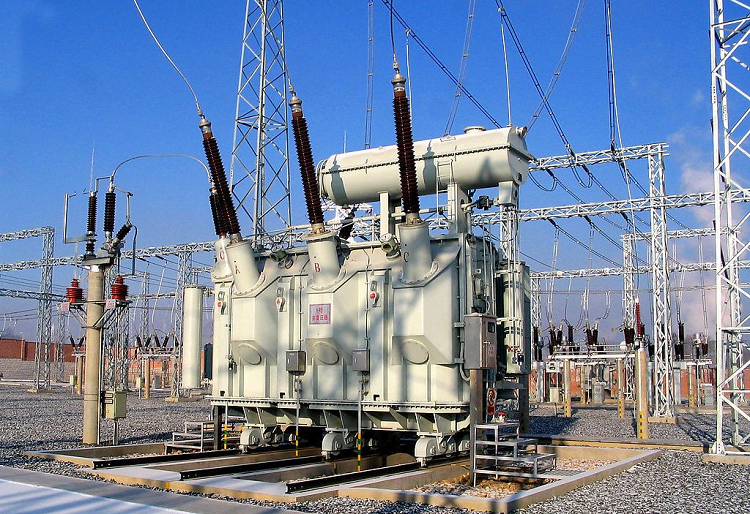The use of substation transformers is essential in the modern power system. By providing a reliable and efficient means of transferring energy from one point to another, substation transformers are an indispensable part of the power grid. In this article, we’ll take a look at what substation transformers are, their key components, their basic operation, and the benefits they offer.
What are Substation Transformers?
Substation transformers are electrical devices that are used to transfer energy from a higher voltage to a lower voltage. This is done by using a transformer to increase or decrease the voltage of an electrical current. In a power system, they are used to step down the voltage so that it can be used for various purposes, such as powering the lights in your home.
Substation transformers are typically placed at the points where power enters a home or business. This allows the voltage to be adjusted to the appropriate level for the desired application. The transformer is typically located in a substation, which is a facility used to control, protect, and monitor the power system.
Key Components of Substation Transformers
Substation transformers have a few key components which are essential to their operation. The primary components are the transformer core, windings, and cooling system.
The transformer core is made up of a stack of thin iron sheets, which are electrically insulated from one another. These sheets form a magnetic circuit which is used to transfer energy from the input to the output. The windings are coils of insulated wire which are wrapped around the transformer core. They are used to carry the electrical current from the input to the output. Finally, the cooling system is used to keep the transformer from overheating during operation.
Basic Operation of Substation Transformers
The basic operation of substation transformers involves the transfer of energy from an input to an output. In a substation, the primary winding is connected to a higher voltage source, while the secondary winding is connected to a lower voltage source. When the primary winding is energized, a magnetic field is created within the transformer core. This magnetic field induces a voltage in the secondary winding, which is then used to power the desired application.
Benefits of Using Substation Transformers
Substation transformers offer several advantages over other types of transformers. For one, they are extremely efficient at converting energy from one voltage to another. This makes them ideal for applications where a high degree of precision is needed.
Additionally, these transformers are able to handle large amounts of power without overheating, which makes them well-suited for high-demand applications. Finally, they are extremely reliable and are designed to last for decades.
Conclusion
Substation transformers are an essential component of the modern power system. By understanding the basics and benefits of using substation transformers, it’s easier to ensure that your power system is running as efficiently and reliably as possible.



